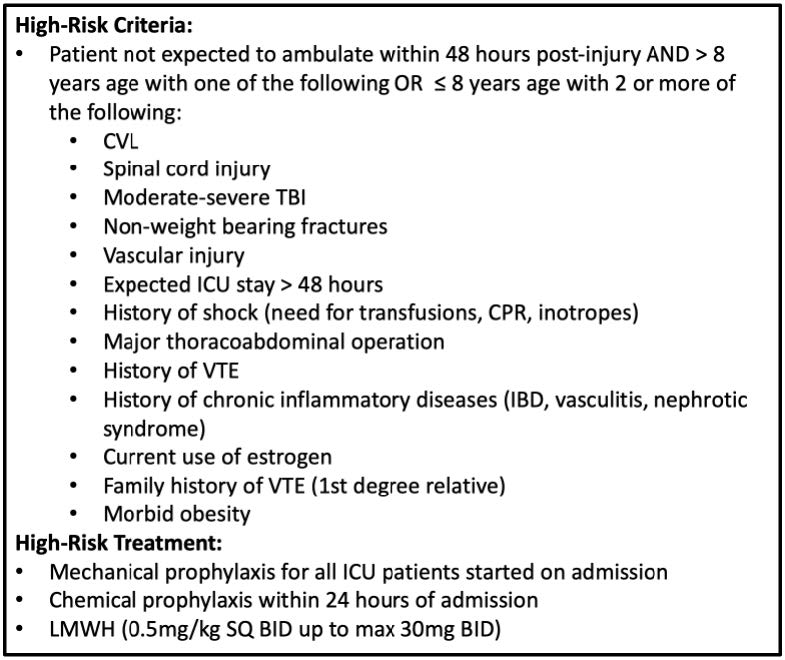Airway assessment and protection are of paramount importance during trauma care. Airway management is even more challenging in the prehospital environment, where lighting and patient positioning may be suboptimal, and injuries or policies may prohibit orotracheal intubation. A variety of devices have been developed to make airway control simpler and faster.
Both the King and i-gel airways were introduced around 2005. The former functions as an extraglottic airway, and the latter as a supraglottic one. Prehospital providers typically use these devices for airway control across the US. They are both designed for blind insertion without the need for other equipment, such as a laryngoscope.
The group at West Virginia University compared these two devices based on the incidence of hypoxia, cardiac arrest, successful insertion, and survival to hospital discharge. They performed a large database search and attempted to control for patient age, weight, pre-airway hypoxia, and the use of suction.
Here are the factoids:
- A total of 1,557 patients were studied; one-third received a King airway, and two-thirds had i-gel insertion
- Half of all patients experienced hypoxia, and a quarter experienced severe hypoxia (saturation < 80%) after insertion of any tube
- But i-gel placement was not associated with hypoxia, severe hypoxia, cardiac arrest, or decreased survival to discharge, and had better success on first-pass placement
Bottom line: What? This is a first. I honestly can’t figure this abstract out. The two bullets in red above cancel each other out. If half of all patients had hypoxic episodes, and only one-third had King airways, that means that at least 16% of the i-gel patients experienced hypoxia. I can’t reconcile that with the last bullet, where i-gel was not associated with any adverse events.
Several other papers have compared the use of these two devices over the last two decades. Most suggest that the i-gel is simpler, with fewer misplacements and other complications, and tends to be preferred by prehospital personnel.
Unfortunately, I have to disregard this entire abstract due to the conflicting data listed. Perhaps the presenter will clarify or provide some corrections to the data. Otherwise, I have not learned anything from it, and it doesn’t appear to add anything new to the trauma literature.
Reference: A retrospective comparison of the King laryngeal tube and i-gel supraglottic airway devices for injured patients. EAST 2024 Podium paper #27.




